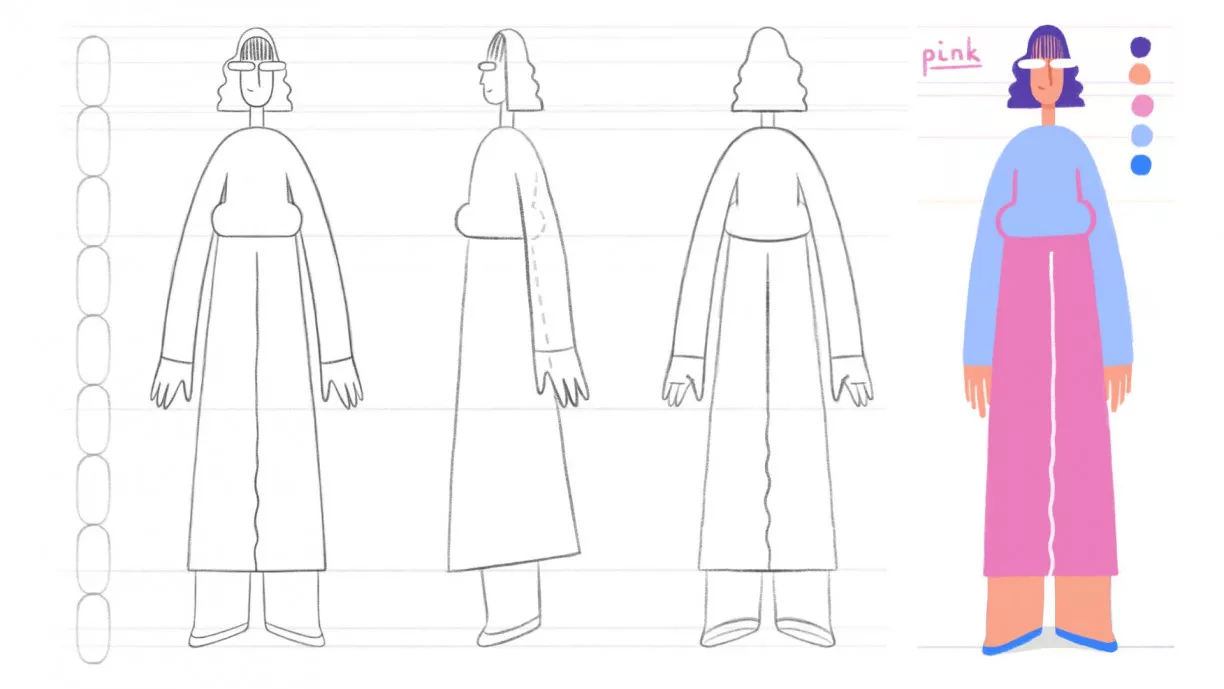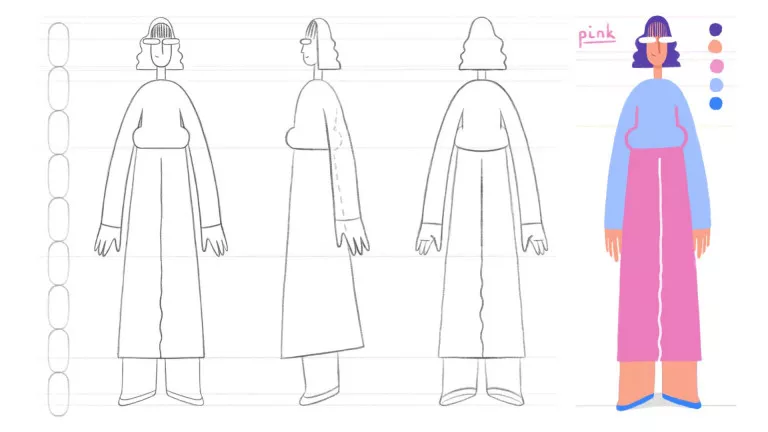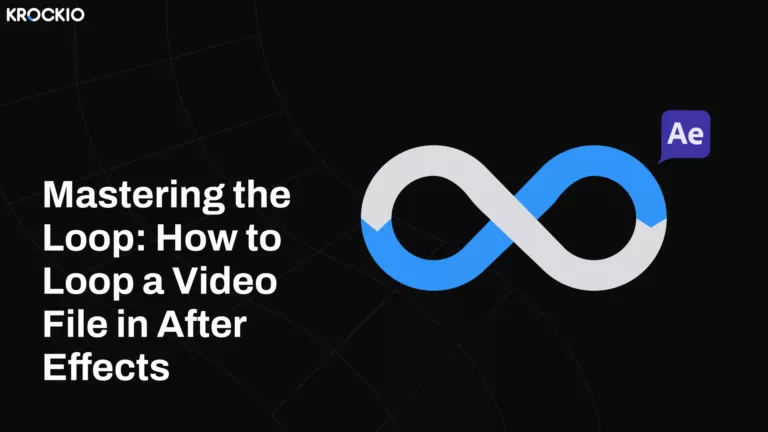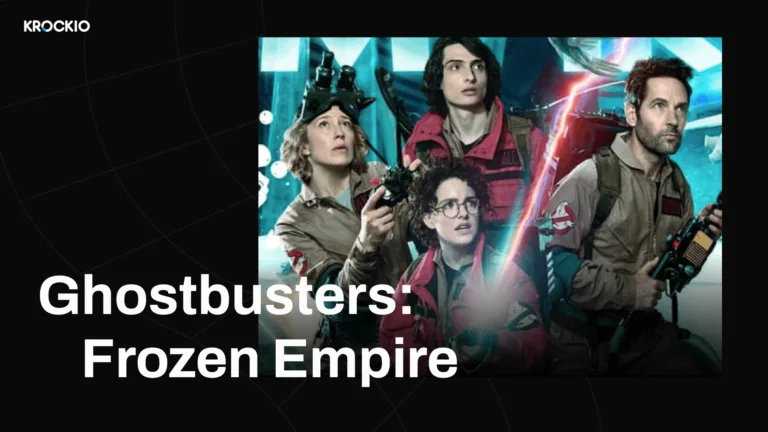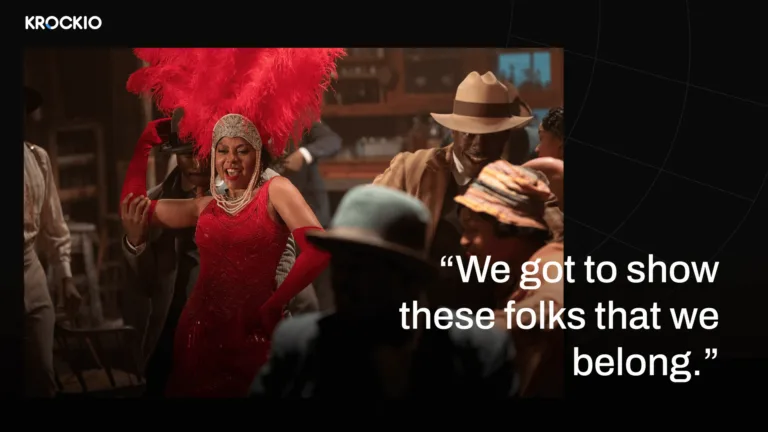From the first blurry, colorless, and simple animated film, Fantasmagorie, created in 1908, to current developments in virtual reality, the animation world is ever-growing.
Taking a character from a thought to a fully formed creation takes time, process, and skill. Still, no matter how advanced we grow, animators will always run into a common road bump – how do I make this character whole?
We talked with Alexs Stadermann, a Creative Director at Flying Bark Production about the steps animators take for character development in animation.
The Stages of Character Development
There are three main stages of character development that you should focus on as an animator.
The first one is usually writing. This is the time where you flesh out who the character is, what they want, and all of their peculiar quirks. You will establish the backstory of the character in this step. All of the discoveries you make while writing the character will play over in the drawing.
For instance, Alexs says: “a character who has a germ phobia is more likely to be dressed neatly.” Once you have a clear idea of these character traits on paper, you can apply them to the illustrations of the character.
The next stage centers around distinguishing characters from each other. This process starts during stage one when you start developing the unique backstory of each character. However, in stage two, you want to focus on how the characters stand out physically from one another.
Consider the silhouette values to make sure our characters are easily distinguishable from each other even in dark lighting.
You want each character to stand out from the other with ease.
The third and final stage is the drawing process.
Here you take the information you’ve gained from the first two stages and pull together a fully realized character. Alexs: “we also explore the range of motion our characters will need to be able to achieve. This is particularly important for 3D animation.”
This begins a process of editing and review, which we will talk further in-depth about later on.

Every animator will have a different opinion on what stage appeals to them the most and which is more difficult to get through.
“If done well and the right crew is attached then each process is enjoyable.” Often, the most negative part of the process is “frustration that can come with the limitations of the budget at times.”
Still, if you know how to stay focused on a beautiful end product, it doesn’t matter the budget. Beautiful animation can be created with very little money if the right team and talents are involved in the project. The stages set up a good framework for the animator to fall back on when creating a diverse set of characters.
How to Find Inspiration
Inspiration for characters can come from almost anywhere and when you least expect it. Alexs, for instance, loves browsing through Pinterest character design pages. Pinterest and other similar sources can be a great place to look for inspiration because of the community that uses the site.
Other animators and storytellers have posted their work there and have created boards for inspiration. You’re backed by a community and sure to find something of interest.
Alexs also says: “Looking back at movies with standout characters is a good inspiration and lesson.”
Looking at what’s already been created for the screen can give you a hint of where you want your idea to go and what you want to add to the progression of animation. Pay close attention to the traits of the characters in the movies you watch. Great animation has characters with easily identifiable traits that stem back from the process of creation in stage one.
Take a look at the previous winners in Animated Character categories by Visual Effects Society for example.
Avoid Mistakes Early Creators Often Make
A common mistake that early creators make is designing their characters in a complicated way. “If you make your design too complicated it will bite you later.”
Sometimes the simplest characters play the best on-screen. Think of Mickey Mouse. He’s one of the most well-known characters of all time and he’s just a black and white mouse with red pants. He’s simple and distinctive.

Another mistake that early creators run into is giving your character too many physical and mental attributes: “It makes it harder to understand your character’s wants and needs.”
Everything that you think of can’t be transferred to the screen. A character has to have a few stand-out qualities that make them unique and pop on the screen. Characters that have too many traits become dull. Just think of Mickey Mouse and stick to simplicity while still carrying your message over in every quality you give to the character.
Learn More About Your Character

You can really expand your character by getting under their skin and getting to know them.
This starts with knowing what your character wants and needs in every situation they are placed in. Then, once you know what they want, you can “throw some obstacles in their way that trigger their weaknesses.” – Alexs comments
Put a bit of you in the character and think about what you would do to get out of the obstacle if you were in their shoes. You created this character, so start to live in them. Look at their world and see what the possible options are for the character to escape. Experiment with the different options till you find a method of escape that suits who your character is.
Know that Some Characters are Harder to Create
When creating your animated film, you’ll find that some characters are easier to craft than others. There will be some that appear to you in your mind and translate perfectly onto paper. They will be natural to create and it will feel easy.
However, there will be those that’ll give you headaches as well.
For Alexs, one of the hardest characters they’ve had to make was Freddy in 100% Wolf.
He said this character was difficult to create because “to make him unique we ended up with well over 10 of the world’s best character designers having a crack until we finally started to get somewhere.”
But, hard work pays off. Alexs says Freddy is now “the star of a successful feature film and TV series, and more to come!”. No matter what challenges come up, go back to the three stages and narrow in on your character. One of your greatest creations may be the hardest to create.
Tools to Make Editing and Reviewing Easier

The work isn’t over once you’ve created your first draft of characters. Editing and reviewing can become one of the longest processes during the development of an animated character, especially when you’re working with a team.
Character designs are usually viewed as jpgs.
These can be easily shared through email, but there is an easier way.
Online proofing software, tailored to the needs of your team can help you keep track of all edits that have been made.
Check out the comparison of some of the most popular tools for the review process and project management, used in the creative industries.
The editing and review process can get tricky, but with the right tools, simplicity is at the center for easy editing and review for your whole team. Try out Krock free for the first two weeks to get familiar with all its features. Or book a short demo call and our team will you around the platform right away.
Conclusion
No matter where you are in your animator journey, keep exploring with characters. Your technique will improve the more you try new tactics, explore new characters, and push the limits of what’s possible. Get to know your characters like you would a good friend, and you’re sure to make magic appear on the screen.
FAQs
1. What is character development in animation?
Character development in animation stands for the process of creating characters, the main support for animated and motion pictures. Animation character development usually differs between cell and 3D animation.
2. What are the stages of animation character development?
There are three main stages of character development that you should focus on as an animator:
- Writing
- Distinguishing
- Drawing
While writing the character, you will establish their backstory. All of the discoveries you make while writing the character will play over in the drawing.
When distinguishing, in stage two, you want to focus on how the characters stand out physically from one another.
In the drawing stage, you take the information you’ve gained from the first two stages and pull together a fully realized character. Also, explore the range of motion the character will need to be able to achieve.
3. What are the common mistakes in animation character development?
A common mistake that early creators make is designing their characters in a complicated way. Sometimes the simplest characters play the best on-screen. Think of Mickey Mouse. He’s one of the most well-known characters of all time and he’s just a black and white mouse with red pants. He’s simple and distinctive.
4. What role does research play in character development?
Research is critical for creating authentic and relatable characters. It involves studying real-world behaviors, cultural influences, and visual references to ensure the character fits seamlessly within the story’s world.
5. How do you test the effectiveness of an animated character?
Testing can be done through audience feedback, focus groups, or internal reviews. Observing how viewers react to the character’s design, personality, and actions helps determine if the character resonates and achieves its intended purpose.

